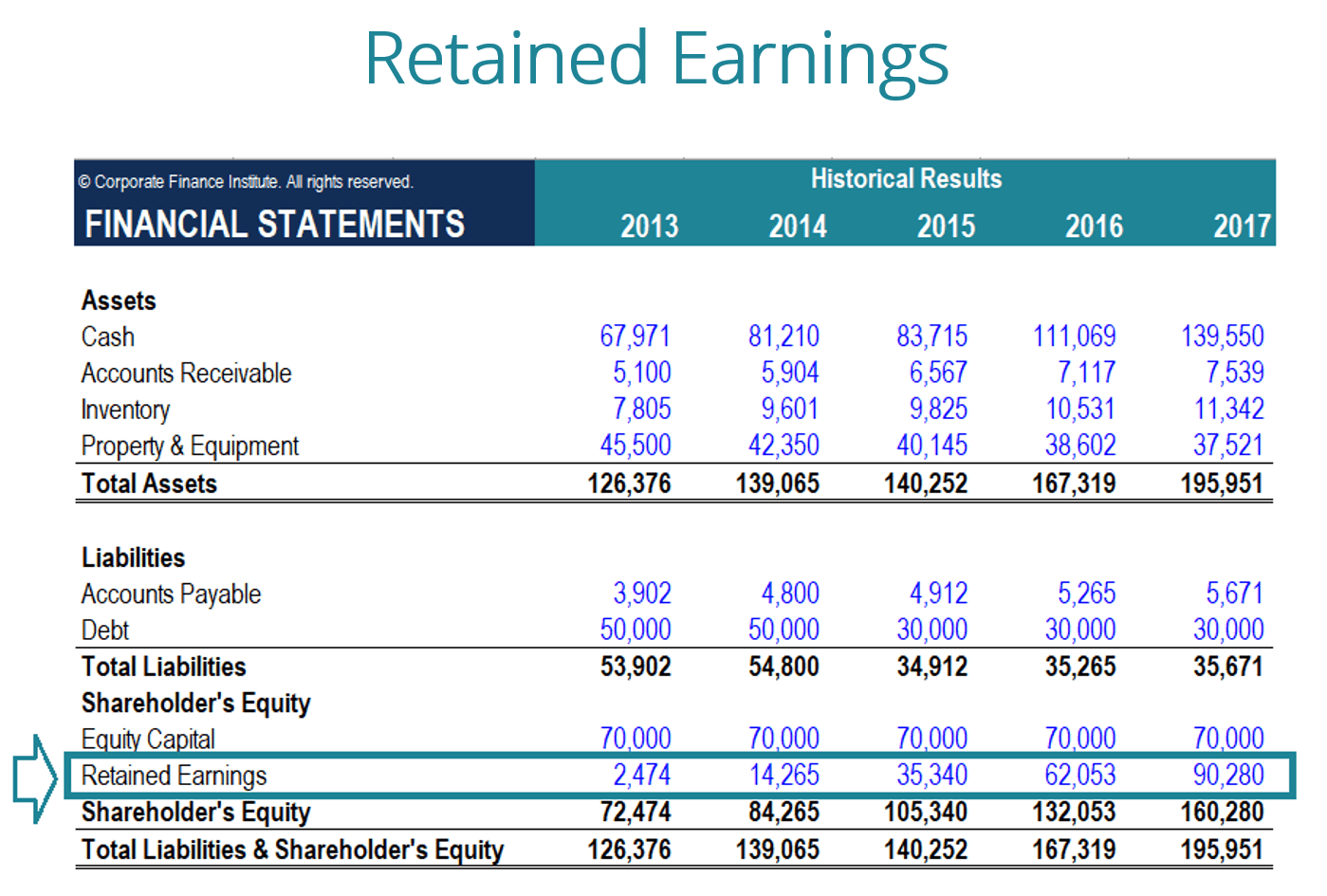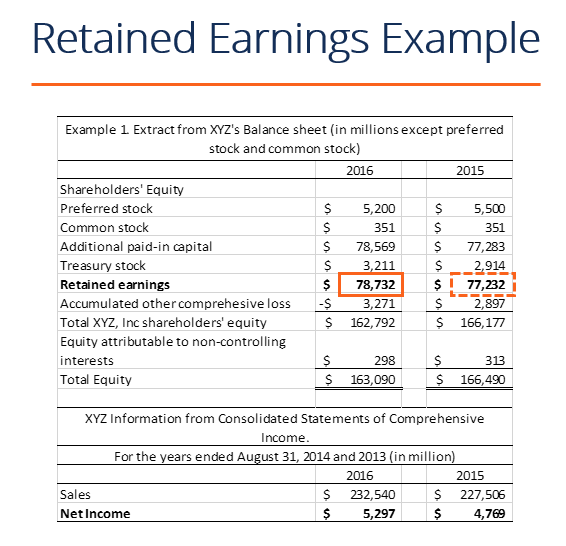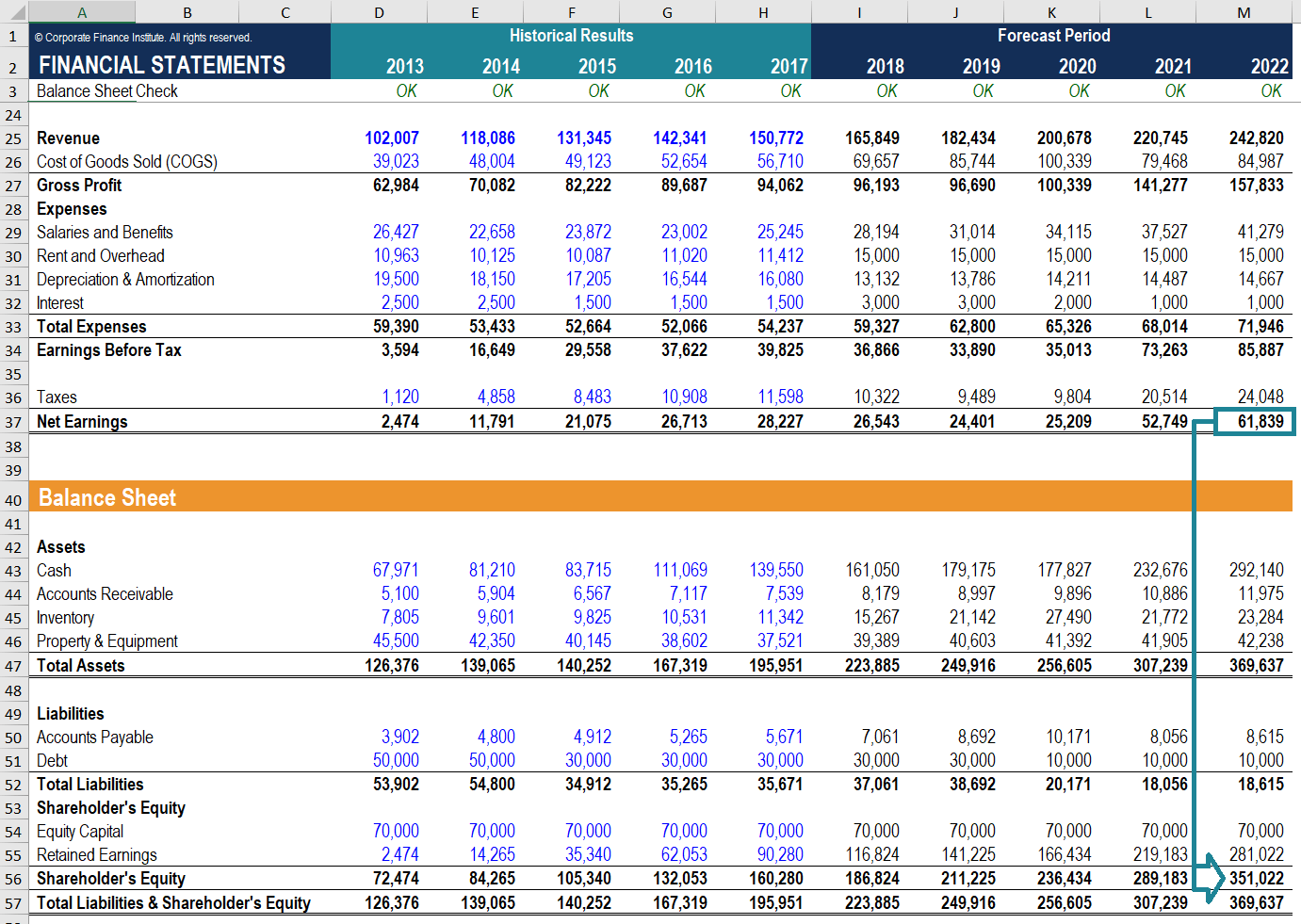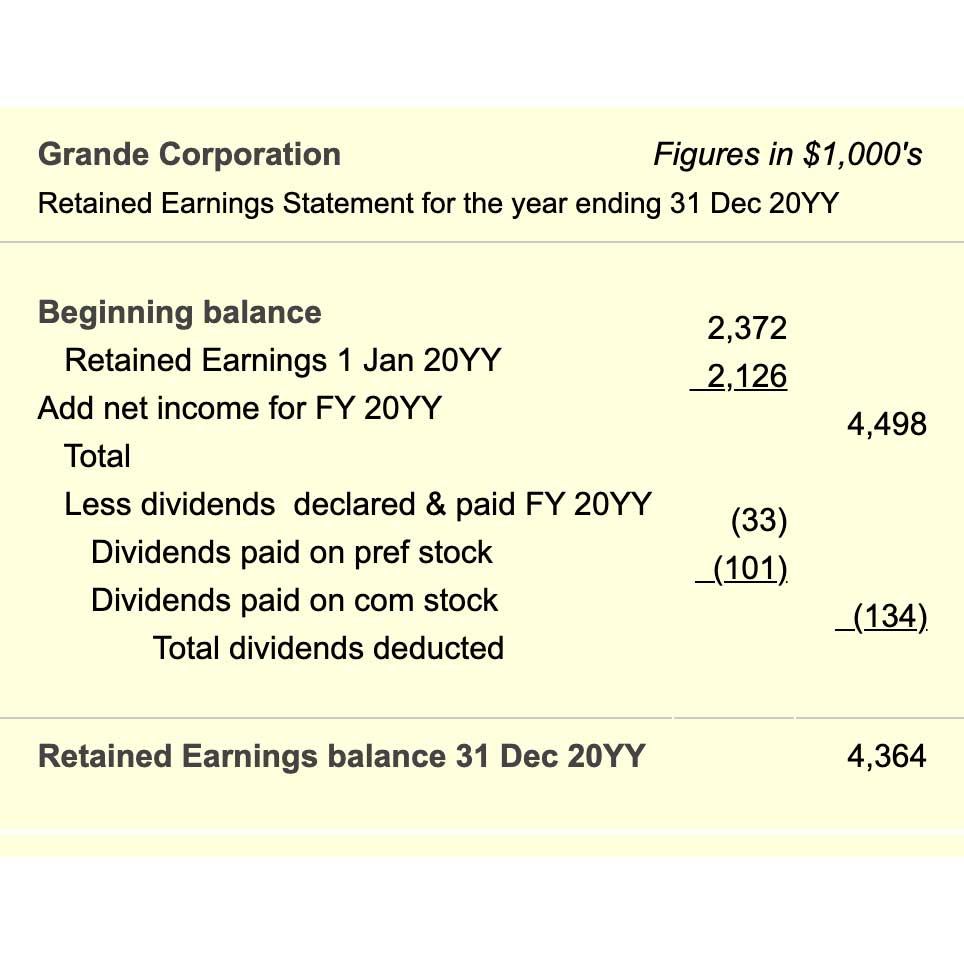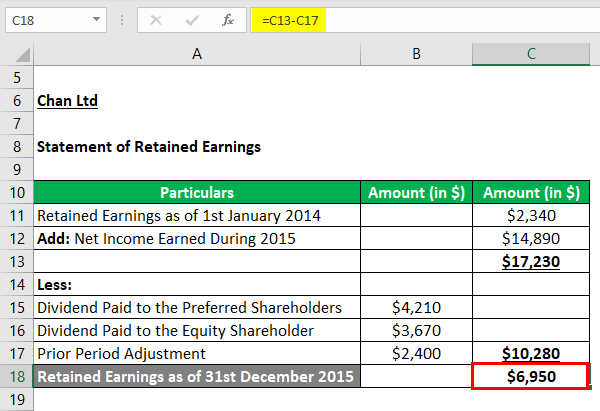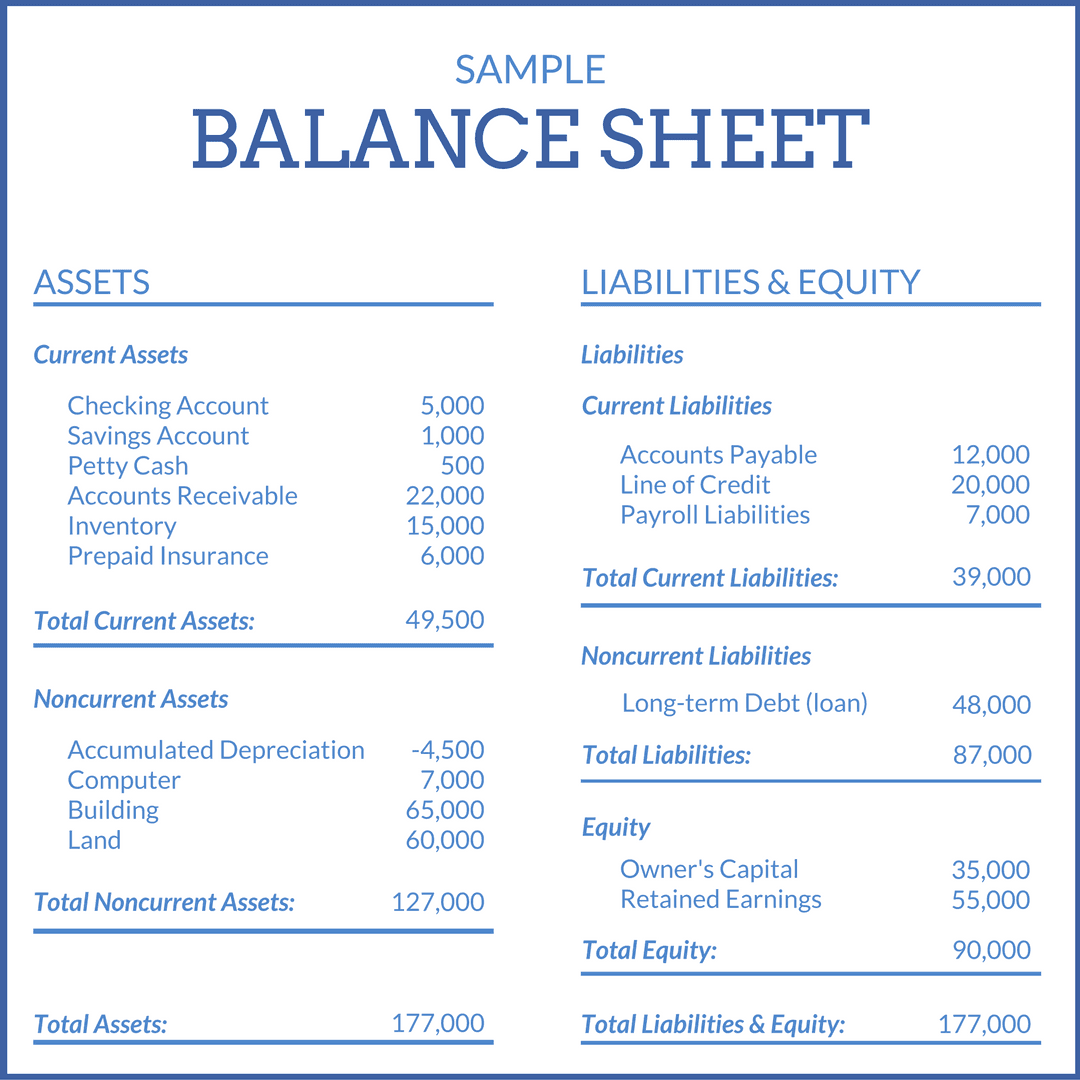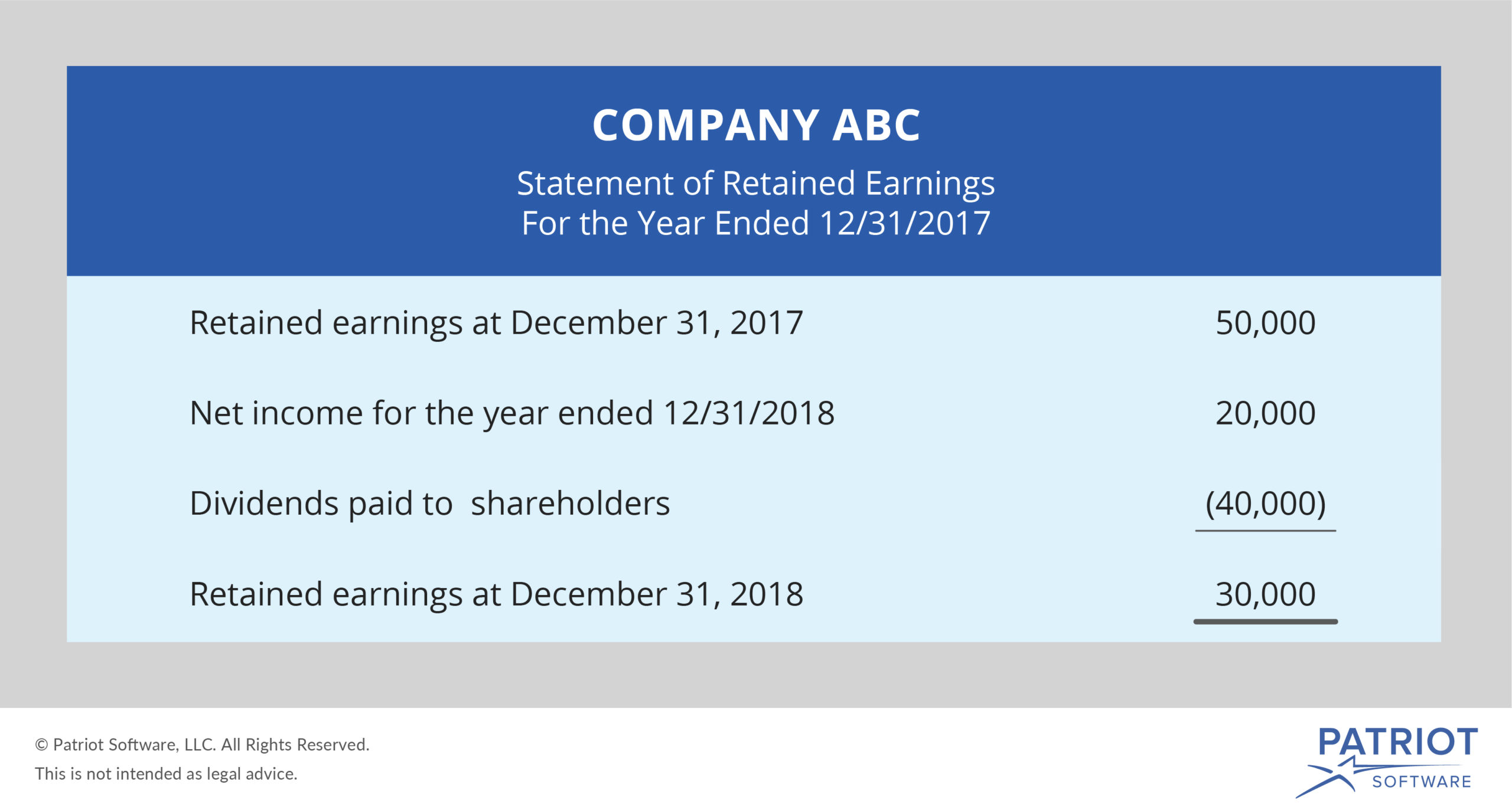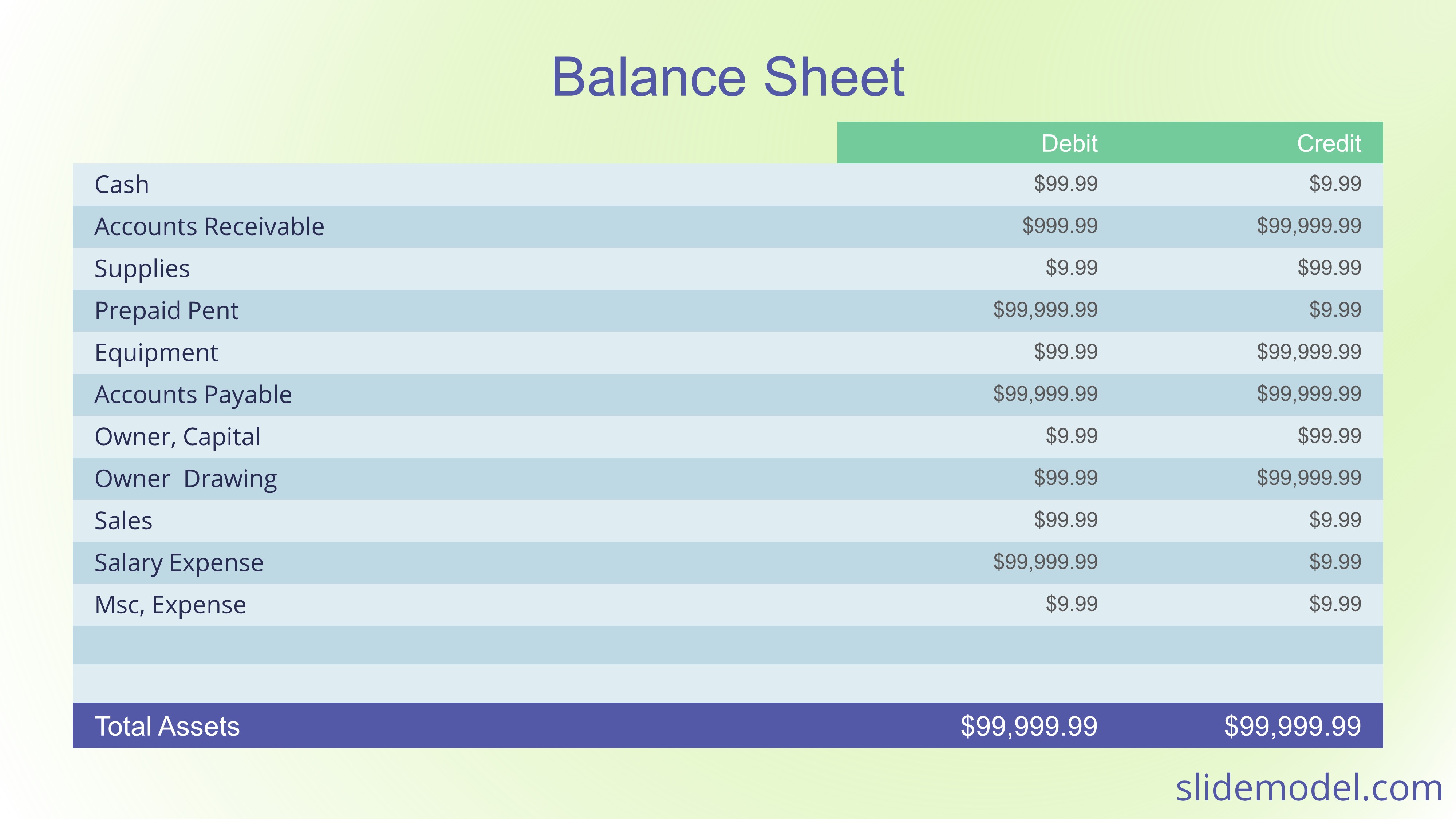Breathtaking Retained Earnings For Non Profit

Retained Earnings for Non-Profit Organization Non-Profit Organization NPO is an entity that works for public interest without any intention to generate profit.
Retained earnings for non profit. No non-profits do not have retained earnings. Retained earnings are often used for business reinvestment. RE 0 retained earnings at the beginning of the current period.
The rest of the money from the profit is kept by the company and this becomes retained earnings. In the following example we assume you have 10000 in net profit and a total of 2000 in dividends paid to shareholders. Dividends can be paid out as cash or stock but either way theyll subtract from the companys total retained earnings.
Theyre also referred to as the earnings surplus. The amount retained still belongs to the equity holders and forms part of the owners equity. This amount is adjusted whenever there is an entry to the accounting records that impacts a revenue or expense account.
NPO has a certain objective or mission to provide benefit to the public and this objective must not be related to the profit or return to the top management. A large retained earnings balance implies a financially healthy organization. Where RE 1 retained earnings at the end of the current period.
Retained earnings is the investment by the stockholders through earnings not yet withdrawn. Retained Earnings RE are the accumulated portion of a businesss profits that are not distributed as dividends to shareholders but instead are reserved for reinvestment back into the business. The retained earnings portion of stockholders equity typically results from accumulated earnings reduced by net losses and dividends.
The retained earnings are calculated by adding net income to or subtracting net losses from the previous terms retained earnings and then subtracting any net dividends paid to the shareholders. Part of it will go out to the shareholders in the form of a dividend. Retained earnings are the profits that a company has earned to date less any dividends or other distributions paid to investors.
